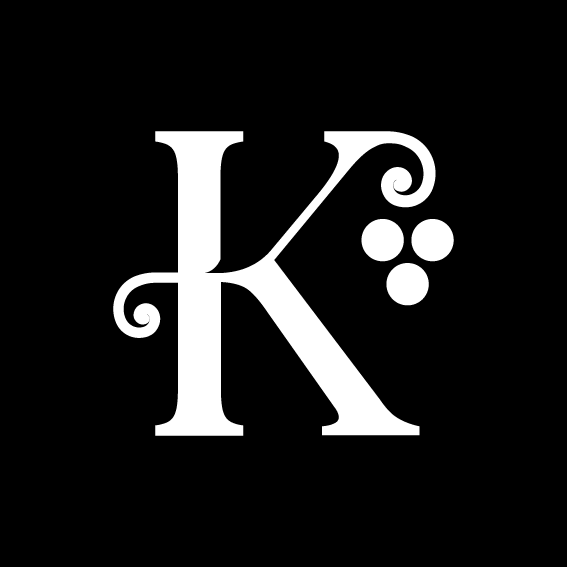Is Fine Wine the Same as Luxury Wine?
- Maria Amaral

- Apr 17, 2023
- 2 min read
By ARENI Global
January, 2023
Luxury can be defined in many ways, and cultural contexts,
including religious heritage, are important to understand.

In Luxury Wine Marketing, American writers Peter Yeung and Liz Thatch MW describe luxury wines as follows: “Luxury wine is of the highest quality, coming from a special place on earth, has an element of scarcity, an elevated price, and provides a sense of privilege and pleasure to the owner.”
There is overlap between luxury and fine wine. First, both need to be of quality. Fine and luxury wines can be seen as superior in kind to the vast majority of wines produced around the world. Both of them are also responsible for a “sense of pleasure” or in ARENI’s case “a sense of wonder”. Both luxury and fine wines share a hedonistic approach and transport the drinker with emotions and pleasure.
But the rest of the attributes differ greatly. To some extent, luxury wines exist to confer a sense of privilege on the owner, with price and managed scarcity being used to that end.
If fine wines are scarce and/or expensive—and they often are—this is generally a consequence, rather than a tool used by the producer to achieve a goal. Instead, ARENI’s collective definition focuses on the importance of fine wine’s production. According to our collective definition, fine wine sets itself apart through the unique vision of the winemaker. It also anchors fine wine as an agricultural product.
In short, it can be said that luxury wines are consumer driven, as the owners start with a clear idea of how they want the wine to be perceived and understand the tools they will need to use to get there, while fine wine is generally seen producer-driven, focusing on the maker’s vision, intent and ways of interacting with its world.
Fine wines and luxury wines interact in a Venn diagram. While a lot of the top wines of the world will share characteristics of both fine and luxury wines, some producers or brands fiercely contest their place in one category or the other, illustrating the different mindsets that can often be found between the two categories.
Why does it matter?
There may be crossover between the two, but the key differences are intent and time. Luxury wines have been created to fulfil a specific market niche, and when that niche ceases to exist, the wine will be taken off the market.
Fine wine, on the other hand, may fall out of fashion—and there are many instances of this—but the producers will continue making it, waiting for the day they are appreciated again.
There are many instances of producers creating new wines and pricing them in high fine wine territory, where the price is doing the work that time would normally do—it’s signalling seriousness, and telling the consumer that lots of work has been put into making the wine. But price can’t do all the work—it’s only when the wine has lasted over time and has achieved a certain level of recognition that it will become an acknowledged fine wine.
Source:
#vinhosfinos#investindoemvinhosfinos#finewineinvestment#finewine#winelifestyle#wineart#blogvinhos#winebloggs#wineblogger#sustainablevineyard#vinhedossustentaveis#winelabel#rotulodevinho#winebusiness#vinyeard




Comments